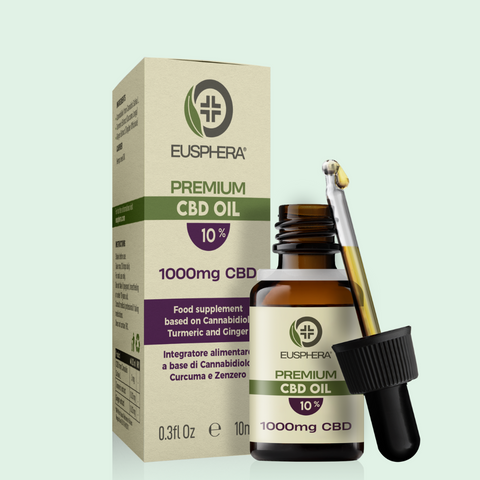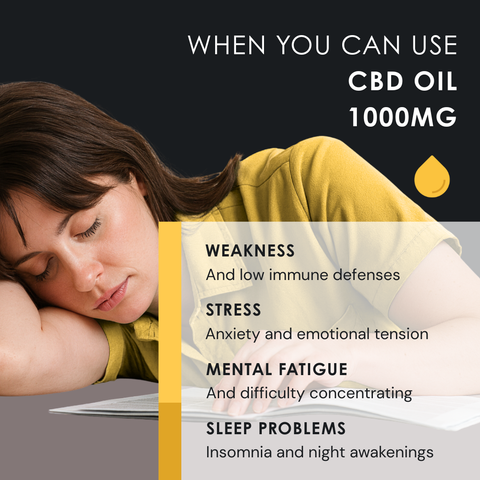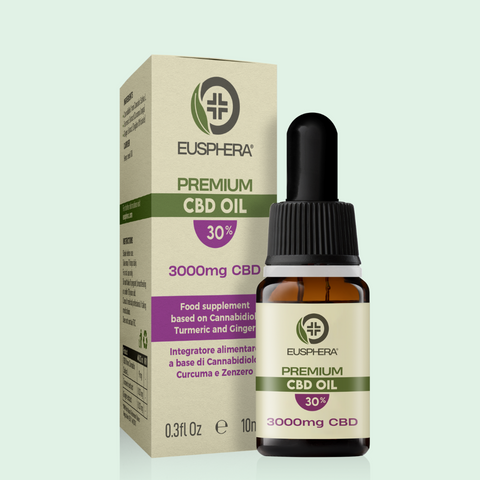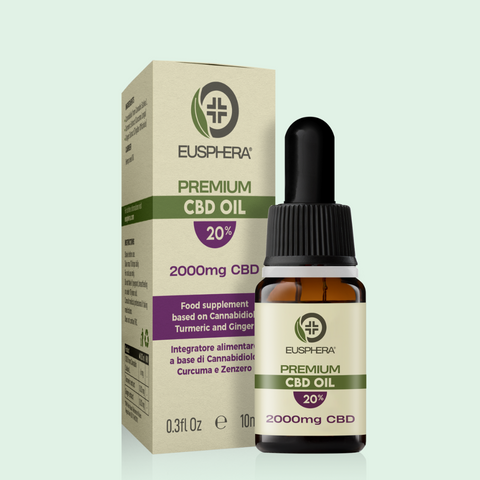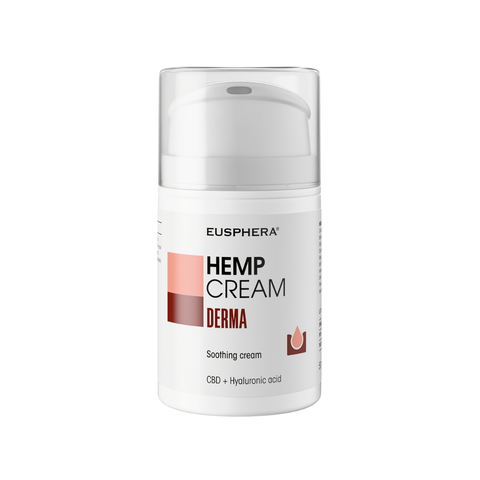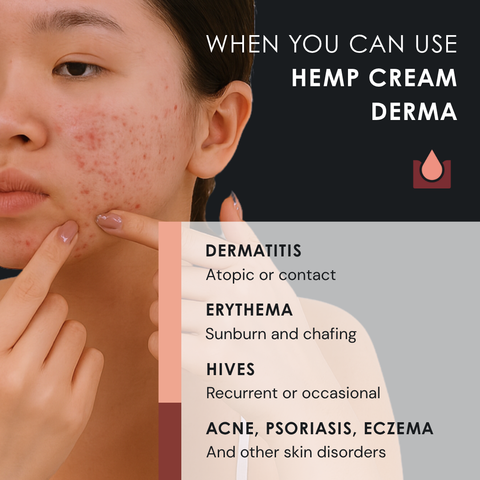Vulvodynia is a chronic pain affecting the vulva for at least three months and often occurs without an apparent cause. Patients commonly report burning sensations, sharp pain like pinpricks, and marked hypersensitivity that can become evident during intercourse or even from the light pressure of clothing. Understanding what vulvodynia is and how it works can make the difference between living with discomfort and finding true relief.
È importante ricordare che non esiste una singola soluzione valida per tutte le situazioni.
It is important to remember that there is no one-size-fits-all solution. Combining pharmacological treatments with natural approaches, under the guidance of specialists, offers the best chances for recovery. It is also essential to avoid self-medicating: before altering any current therapies or introducing supplements, always consult a qualified healthcare professional.
What Is Vulvodynia? Definition and Common Symptoms
The International Society for the Study of Vulvovaginal Disease (ISSVD) defines vulvodynia as a condition of persistent pain in the vulva, which may be generalized or localized, meaning it can be limited to small areas such as the clitoris. Another term for localized vulvodynia is vestibulodynia (also known as vestibulitis). In cases of generalized vulvodynia, the pain often occurs without any clear triggering factor.
Symptoms of vulvodynia include burning, stinging, soreness, and dyspareunia, which is pain experienced during sexual intercourse. Symptoms may fluctuate, worsening during periods of stress or after exerting the pelvic floor muscles.
Why Integrate Natural Remedies into the Treatment Plan
In the guide lines developed by a group of clinical experts from the Clinical Effectiveness Group (CEG) of the British Association for Sexual Health and HIV (BASHH), conventional treatment includes analgesics, anticonvulsants, and targeted physiotherapy. However, there is growing consensus that treatment plans can benefit from complementary interventions aimed at reducing inflammation, muscle tension, and emotional burden.
Here’s how some of the main natural remedies for vulvodynia come into play.
Effective Natural Remedies for Vulvodynia
1. Phytotherapy and Medicinal Plants
Herbal medicine offers some interesting options for relieving vulvar discomfort.
· Calendula, for example, with its flavonoid-rich extracts applied topically, can help improve comfort in the vulvar area.
· Aloe vera, with its refreshing gel, can be a valuable aid in soothing irritation and redness.
· Curcumin, preferably combined with piperine to enhance absorption, may help reduce inflammation markers in patients with chronic pelvic pain syndrome.
2. Relaxation Techniques and Muscle Support
Pelvic floor physiotherapy, diaphragmatic breathing, yoga, and mindfulness help reduce muscle tension and the anxiety that often accompanies chronic pain. A study published in the Journal of Sexual Medicine reported a 50% reduction in pain after six months of targeted exercises.
3. Anti-Inflammatory Diet
Diets rich in fruits, vegetables, nuts, seeds, and omega-3s can help counteract the effects of pro-inflammatory cytokines. Limiting refined sugars, alcohol, and white flour has helped some patients manage acute flare-ups.
4. CBD as a Natural Remedy for Vulvodynia
Cannabidiol (CBD), which by definition has no psychoactive effects, modulates endocannabinoid receptors involved in pain perception. The benefits of CBD are numerous, making it one of the natural remedies used to help soothe the symptoms of vulvodynia.
Methods of administration may be sublingual or topical.
· Those who prefer sublingual use can start with a few drops of full-spectrum CBD oil (5–10 mg per day) and gradually increase the dosage.
· For targeted application, there is EU4Pelvis cream, a CBD cream for vulvodynia that combines cannabidiol, arnica, and menthol for fast-acting relief.
Cannabidiol is not a substitute for specific pharmacological treatments but can be effectively integrated into a personalized therapeutic protocol, serving as a valuable complementary aid in the multidimensional management of vulvodynia.
Moreover, before considering how to relieve vulvodynia symptoms with natural products, it is essential to rule out infections, dermatoses, or conditions such as lichen sclerosus. Only after an accurate diagnosis natural remedies, such as herbal medicine, proper nutrition, physiotherapy, and CBD-based products, can be considered as part of the treatment plan.
The Importance of Medical Diagnosis
All the natural remedies reviewed offer valuable support. However, no treatment can truly be effective without first identifying the underlying cause of the condition.
The symptoms of vulvodynia can overlap with other gynecological issues, such as:
● infections
● dermatoses
● autoimmune diseases
Consulting a gynecologist with expertise in vulvar disorders is essential to rule out organic causes and to develop a personalized treatment plan.
Early diagnosis enables targeted interventions, helping to prevent the worsening of pain and improving quality of life. For this reason, it is crucial to avoid self-treatment and to seek advice from qualified professionals. Natural remedies can play a supportive role in managing vulvodynia, but the most effective treatment plan can only be developed with the guidance of a qualified medical professional.
